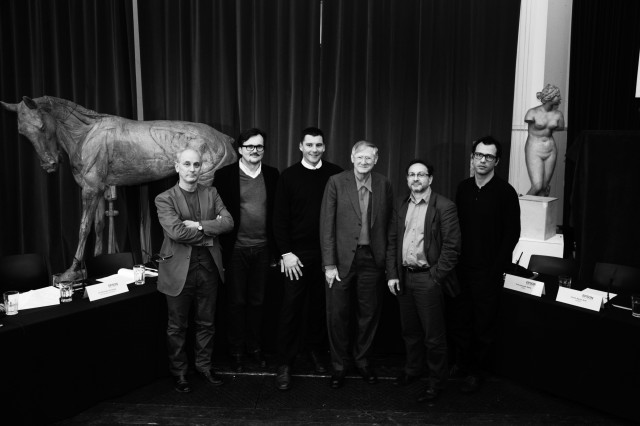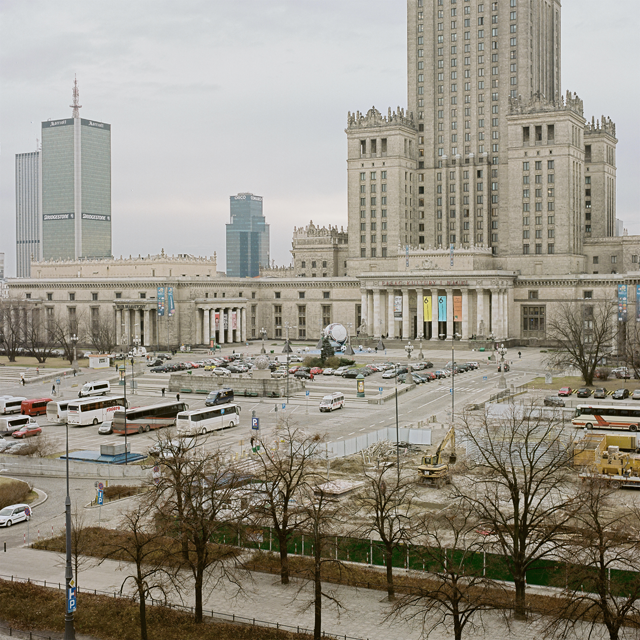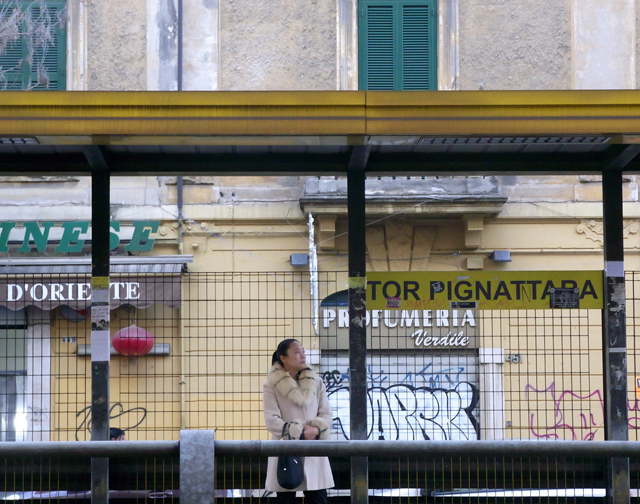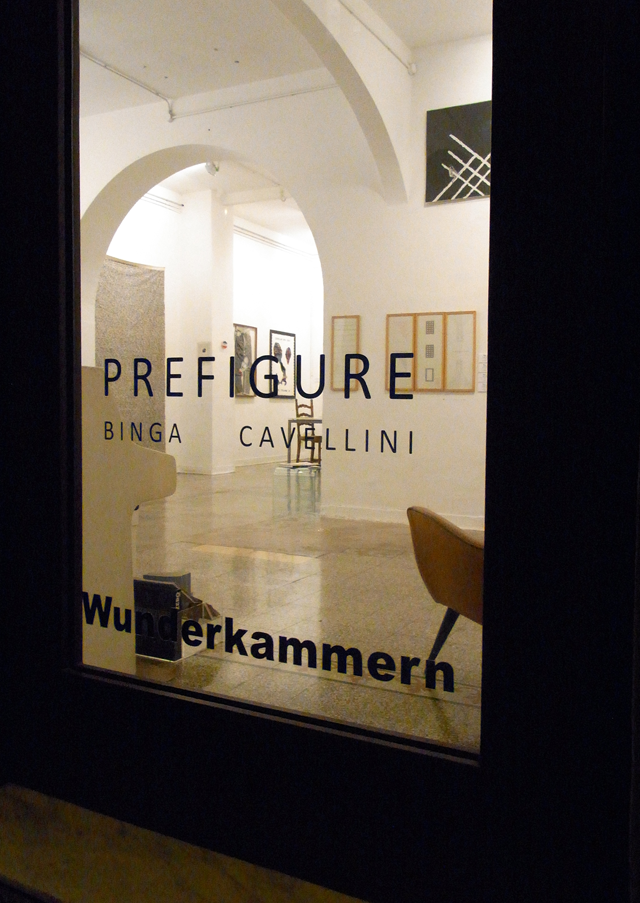SCAR TISSUE | Come and dance in Tor Pignattara
text by Vincenzo Pizzuto e S.V.
The ideal place for me is the one where it is most natural to live as a foreigner. (I. Calvino)
The only thing in the world able to keep a city alive is its history. But history, as we well know, is formed by the people who live through it, who are the bones and muscles, blood and guts of the generative and evolutionary process of cities. Yet those who live in a city have a non-role in the dynamics of institutional planning, dynamics that tend to overpower, rather than empower, the life of citizens.
A city breathes, grows and sickens as though it were an urban organism which, like biological organisms, can develop immune systems to combat the pathogenic agents that constantly attack it. As in nature, the city too, despite its wounds, manages to rebuild itself. And regenerate. Healing its tissues, just like people.
As with certain people, cities can be recognised by their scars, their signs: the more numerous they are, the more fascinating they become; the deeper they are, the more structure they create.
But if cities are macro-organisms, then the inhabitants are their immune system. It is, in fact, the citizens – the internal architecture of the city – who bear the burden of repairing the breaches in the urban organism, reconstructing those tissues (buildings, social aspects) that have been torn apart by traumatic events.
Today, this happens in some of Rome’s neighbourhoods: the life and work of the inhabitants is the main driving force behind urban, economic and social renewal.
And it happens in Tor Pignattara: a cultural and multi-ethnic microcosm where experimentation and contemporary culture are finding fertile ground.
image courtesy Aude Fourel
This borderline neighbourhood is a popular destination for young couples in search of “a culturally vibrant milieu that is also liveable”, as well as for many immigrants who find the right space here to bring their communities back together. “Torpigna” is, in other words, a place in which “one feels at home”, judging by the stories of those who have chosen to live here or have decided to create new projects with the idea of enhancing the Living Heritage of this area.
Lunch in the Indian restaurant next door to a Pakistani call centre, shopping in the neighbourhood market and then a quick visit to the Chinese “less than a euro” shop; or a haircut at the Egyptian barber’s and then a coffee at the Bengali bar on the corner.
In the span of a few decades, these neighbourhoods have gone from being broken and depressed areas of the urban body to areas of rediscovery, revival and repair of worn out tissues. In Rome, these neighbourhoods are proving to be a valid hypothesis for a more stimulating urban and social life: able to satisfy the needs of individuals while also respecting a community that is not homogeneous, yet nonetheless cohesive.
Creative and colourful with its numerous languages and identities, its intense aromas and spicy flavours, its multi-ethnic soul and downmarket body, Tor Pignattara is in the full flood of a “socially and culturally sustainable” revival.
A revival that is also occurring thanks to the pioneering initiatives of small and courageous associations which have enabled art to come into contact with the territory, such as the Living Layers project promoted by Wunderkammern; and that is continuing thanks to the increasing presence of architectural studios and cultural centres, places for research, clubs and restaurants which are ever more frequent in the neighborhood.
image courtesy Aude Fourel
The bold choice of bringing art and contemporary thought into an area that was considered to be on the outskirts of the city (and of culture, too) bears witness to the necessity and desire to wager on the future of our cities precisely in those borderline areas that lie between the old fringes and the new historic centre: areas, in which the scars created by urban planning are still visible, but that are rich in history and a fertile soil which, if properly tended, will produce the fruit of peaceful, multi-ethnic and stimulating co-habitation, for which our future (and even more our present) will inevitably need to make space.
Related Posts :
Category: Article
Views: 2072 Likes: 0
Tags: interview , tor pignattara , wunderkammern
Comments:
Info:
Info:
Title: SCAR TISSUE | Come and dance in Tor Pignattara
Time: 16 marzo 2012
Category: Article
Views: 2072 Likes: 0
Tags: interview , tor pignattara , wunderkammern








